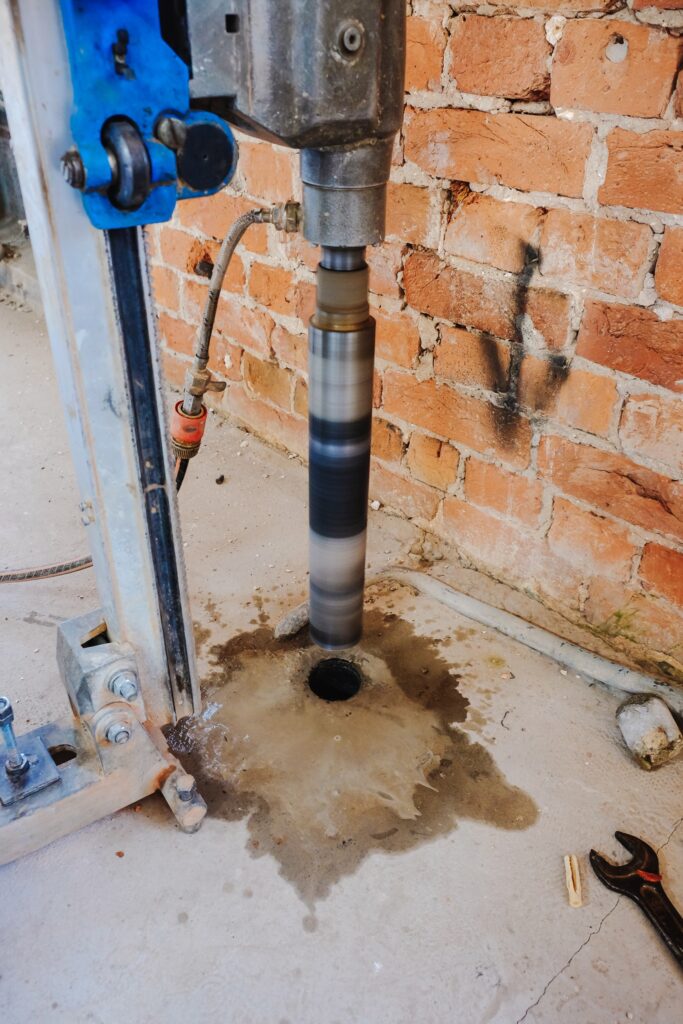A sump pump is designed to remove excess water out of your basement once it rises to a certain level in the sump pit. Failure to properly install and maintain your sump pump can cause flooding in your basement. A flooded basement not only causes damage to property and valuables but also compromises the structural integrity of the building. In this article, we will be sharing with you tips on how to prevent a sump pump from flooding your basement.
Proper installation
A sump pump that is not installed properly may not function as it is supposed to, increasing the risk of basement flooding. It is recommended to have your sump pump installed by a licensed and qualified professional. Not only should it be positioned correctly within the sump pit but also, the discharge pipe should be properly directed away from your home. If a sump pump is not installed properly, it may fail to pump out water fast enough to prevent flooding.
Regular maintenance
Routine maintenance is the cornerstone of a well-functioning sump pump. Inspect the sump pump and the sump pit regularly to ensure they are clean and free from debris. Dirt, rocks, and other materials that get trapped inside can clog the pump or disrupt its float mechanism, therefore, affecting its ability to operate effectively. Make sure you clean the pit at least twice a year and get rid of any obstructions that may hinder the operation of your sump pump.
- Testing the pump
Even if your sump pump was tested after installation and everything was working perfectly, it is advisable to perform a periodic test to ensure the pump is in proper working condition.

One of the best ways to test your sump pump is to pour a bucket of water into the sump pit and observe whether it initiates the process of water discharge. If it fails to activate, it could be a sign of a malfunctioning float switch or an electrical issue. Regular testing helps you detect problems early and seek professional assistance if needed.
- Maintaining the float mechanism
The float mechanism is a crucial component of a sump pump that activates automatically when water levels rise to a certain level in the sump pit. It is essential to inspect the float mechanism occasionally to ensure the arm moves freely and isn’t obstructed by dirt or debris. Also, check to ensure that the float switch is properly adjusted to turn on the pump at an appropriate water level. A malfunctioning float mechanism can delay the pump activation process leading to flooding.
- Have a backup power source
Most sump pumps rely on electricity and may fail to extract water out of your basement when you need it the most. Most often, we do experience power outages during severe storms or in case of a malfunction in the main utility line. To ensure your sump pump operates continuously even when there is a power outage in your area, consider installing a backup power source like a generator, or battery-powered sump pump connected to a solar panel.
- Check valves and Discharge pipes
A check valve is a one-way valve that prevents pumped water from flowing back into the sump pit once the pump mechanism shuts off. Check valves should be installed inside discharge pipes to prevent water backflows. Make sure you inspect these valves regularly to ensure they are not clogged with debris or blockages that could hinder water flow. The discharge pipe should also direct water away from your foundation to prevent it from seeping back into the basement.
- Proper maintenance schedule
To ensure you don’t overlook critical tasks, make sure you create a maintenance schedule that includes tasks like cleaning the pit, checking the pump, and testing the float mechanism. You can either set reminders on your smartphone or calendar to prompt you to perform these tasks at regular intervals. For instance, after every 6 months or before the rainy season.
Preventing a sump pump from flooding your basement requires a combination of proactive measures and regular maintenance. First, you need to understand the fundamentals of how a sump pump operates. Then, you need to test it periodically and promptly address any issues that arise over time to reduce the risk of basement flooding. A well-maintained sump pump supported by proper installation and backup power sources gives you peace of mind during heavy rains and storms. Not only does it protect your property and valuables from water damage but also helps to maintain the structural integrity of the building.



